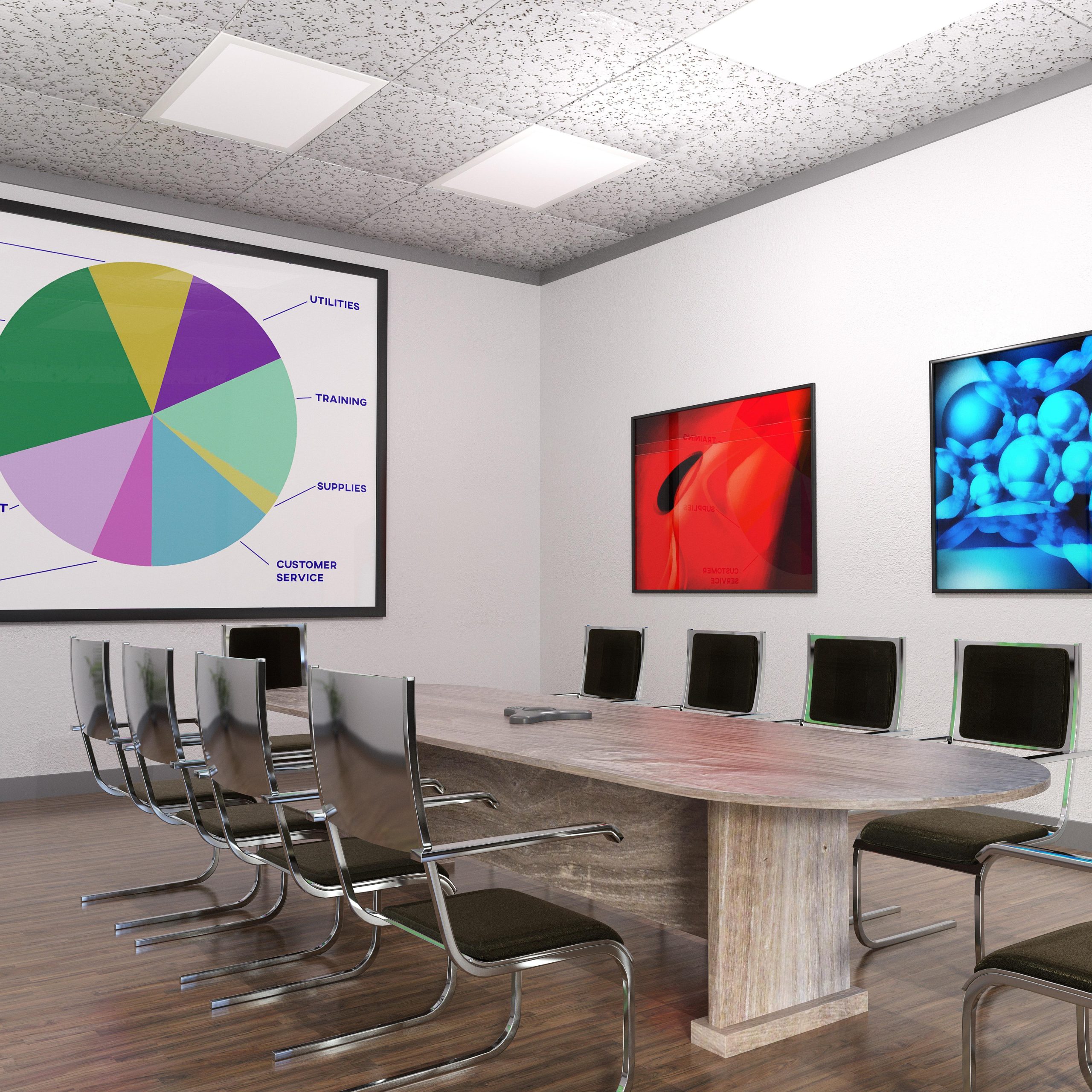When people think of social media, the first thing that often comes to mind is entertainment—scrolling TikTok, sharing memes on Instagram, or catching up on news via Twitter (now X). But social media is much more than a distraction. Over the past decade, it has grown into a powerful tool for education and learning.
From online study groups to tutorial videos and professional networking, social platforms have created new opportunities for students, teachers, and lifelong learners. While traditional classrooms remain essential, social media has expanded the boundaries of where and how learning can happen.
This article explores the role of social media in education, its benefits and challenges, and practical ways to use it as a tool for growth and knowledge.

How Social Media Supports Learning
1. Access to Information Anytime, Anywhere
Platforms like YouTube, LinkedIn, and even TikTok provide free access to educational content. From coding tutorials to history explainers, learners no longer need to rely solely on textbooks.
Example: Students preparing for exams can watch step-by-step tutorials on math problems explained in a visual and engaging way.
2. Collaboration and Community Learning
Social media breaks down barriers between students. Study groups on Facebook, Discord servers, or WhatsApp chats allow learners to share resources, ask questions, and collaborate in real time.
Example: University students often create class-specific Facebook groups to exchange notes and updates.
3. Direct Connection with Experts
Platforms like LinkedIn and Twitter allow students to interact directly with professionals and educators. Instead of waiting for conferences, learners can ask questions and get insights instantly.
Example: A young entrepreneur can follow industry leaders on LinkedIn and learn strategies from their posts.
4. Encouraging Creativity
TikTok and Instagram aren’t just for fun—they can also be used for creative assignments. Students can make short explainer videos, infographics, or podcasts as part of projects.
Example: Teachers encourage students to create Instagram reels explaining science concepts, making learning interactive.
5. Lifelong Learning Opportunities
Education doesn’t stop after graduation. Social media platforms are filled with resources for professional skills, from learning new software to improving leadership.
Benefits of Social Media in Education
- Increased Engagement: Interactive content keeps students interested.
- Faster Communication: Teachers and students can connect instantly.
- Access to Diverse Perspectives: Students learn from global communities.
- Flexibility: Learning can happen anytime, not just during class hours.
- Motivation: Being part of online communities often pushes students to stay consistent.
Challenges of Using Social Media in Education
Of course, social media isn’t perfect for learning. There are downsides that educators and students need to consider.
1. Distraction
Apps are designed to grab attention. Students may intend to study but end up scrolling through unrelated content.
2. Misinformation
Not everything online is accurate. Learners must be cautious and verify sources.
3. Privacy Concerns
Sharing information online can expose students to risks if not handled carefully.
4. Unequal Access
Not every student has the same internet connection or devices, creating a digital divide.
5. Over-Reliance
Depending too much on social media may reduce critical thinking if students accept everything at face value.
How Teachers Can Use Social Media Effectively
- Create Class Groups: Use Facebook or WhatsApp groups for reminders, discussions, and sharing materials.
- Use YouTube Playlists: Curate educational videos that complement lessons.
- Encourage Project-Based Content: Let students create TikTok-style explainers or Instagram infographics as assignments.
- Leverage LinkedIn for Career Prep: Guide students to build professional profiles and network.
- Promote Digital Literacy: Teach students how to fact-check and identify credible sources.
How Students Can Use Social Media for Learning
- Join Online Communities: Participate in groups that focus on your field of interest.
- Follow Educational Accounts: Subscribe to accounts that share study tips, tutorials, and motivation.
- Use Platforms as Study Tools: Watch tutorials, download notes, or use apps like Quizlet shared through groups.
- Engage in Peer Learning: Ask questions and help others—teaching is one of the best ways to learn.
- Balance Entertainment and Education: Mix fun with productivity by following accounts that inspire learning.
Case Studies: Social Media in Action
- Duolingo on TikTok: The language learning app uses fun, meme-style videos to engage learners while promoting their platform.
- #StudyTok on TikTok: Millions of students share study tips, productivity hacks, and motivational clips.
- LinkedIn Learning: Provides structured courses while integrating social networking for career growth.
These examples show how social media can blend fun with serious learning.
The Future of Social Media in Education
Looking ahead, social media will play an even bigger role in learning:
- AR and VR Learning: Students may attend virtual classes in 3D environments.
- AI Tutors: Social platforms could integrate AI-driven chat tutors for personalized help.
- Gamification: Lessons may become more interactive, using rewards and challenges.
- Global Classrooms: Students worldwide will collaborate through live social media sessions.
Best Practices for Balanced Learning
To make the most of social media without falling into its traps, students and teachers should:
- Set Time Limits: Avoid endless scrolling.
- Verify Sources: Cross-check information with reliable outlets.
- Stay Professional: Remember that digital footprints matter.
- Mix Online and Offline Learning: Use social media as a tool, not a replacement.
- Encourage Creativity: Blend academic work with engaging formats.




